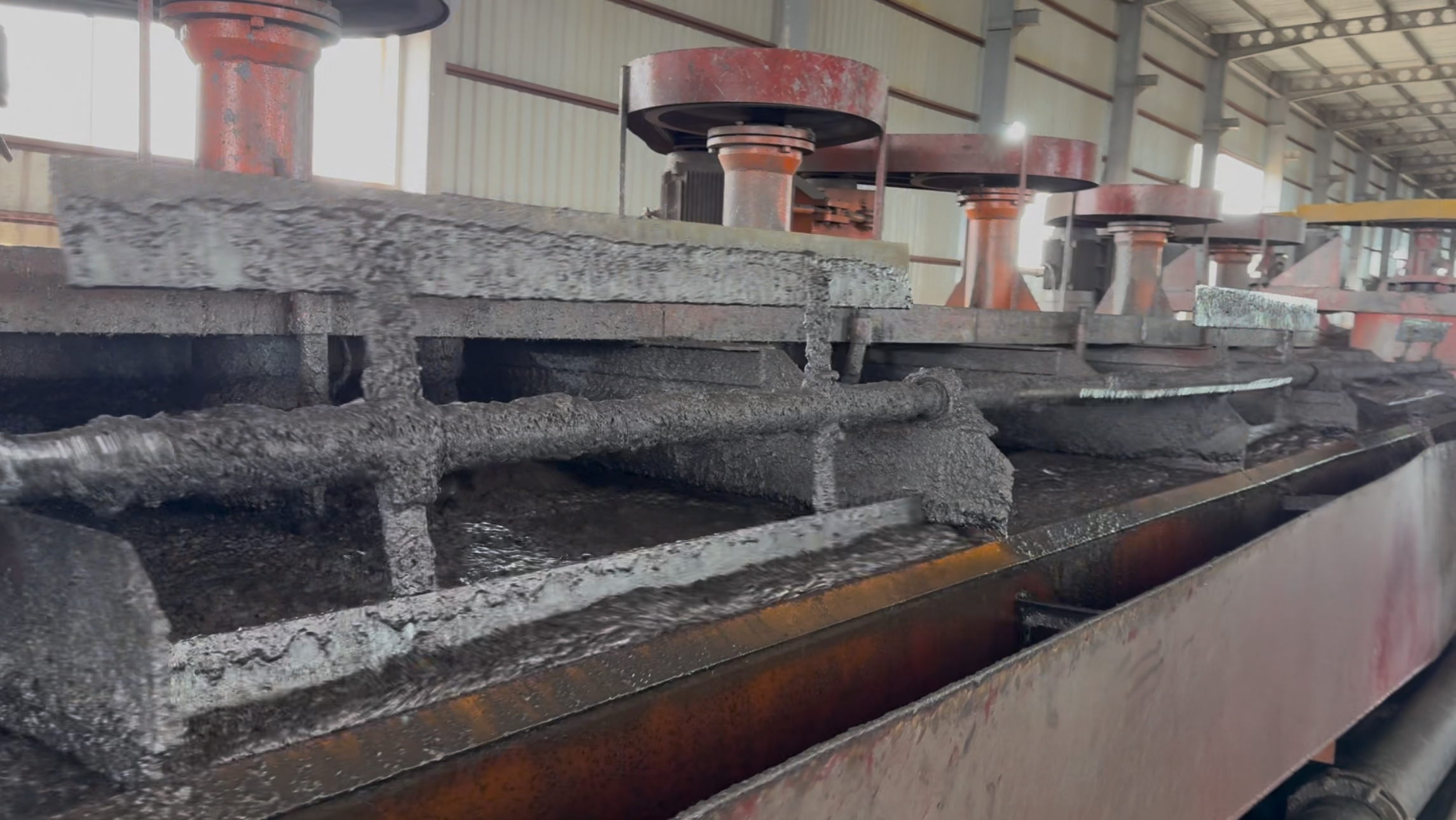In the hidden world of mineral processing, there’s a technological wizardry that sounds more like science fiction than industrial reality. It’s a process that transforms raw, muddy graphite into a pristine marvel of material science—and it all happens through the most unexpected of heroes: bubbles.
The Graphite Origin Story: More Complex Than You’d Think
Before we dive into the magic of floatation, let’s understand graphite’s journey. This remarkable material begins its life deep within the Earth’s crust, formed under extreme pressures and temperatures. Graphite deposits are geological time capsules, containing not just pure carbon, but a complex mixture of minerals, rock fragments, and various impurities.
Imagine a chunk of raw graphite as a geological sandwich—layers of carbon interspersed with unwanted mineral “fillings.” Traditional cleaning methods were brutally inefficient, often destroying the delicate graphite structure or failing to remove contaminants completely. It was like trying to perform microsurgery with a sledgehammer.
The Floatation Revolution: A Molecular Dance of Separation
Floatation emerged as a revolutionary technique that works with the fundamental properties of materials, rather than against them. At its core, the process is a sophisticated molecular matchmaking game.
The Chemical Choreography
The process begins with a carefully prepared mixture:
- Crushed graphite ore
- Water
- Specialized chemical agents called collectors
- Frother compounds
- Air injection system
Collectors are the first chemical wizards in this process. These compounds have a unique molecular structure—one end that loves graphite, and another that repels water. When added to the mixture, they selectively coat graphite particles, making them hydrophobic (water-repelling).
Frothers play a supporting role, creating stable, long-lasting bubbles that can carry the coated graphite particles. Think of them as molecular bubble-makers, ensuring each bubble is just the right size and stability to lift graphite to the surface.
The Bubble Elevator: A Microscopic Marvel
When air is pumped into the floatation tank, something extraordinary happens. The hydrophobic graphite particles attach themselves to rising air bubbles. It’s a microscopic elevator system where pure graphite hitches a ride, leaving behind heavier, less desirable minerals.
The Physics of Separation
This isn’t just random chance. The process relies on precise scientific principles:
- Surface tension
- Molecular adhesion
- Differential wettability
- Particle size and density variations
Each bubble becomes a selective carrier, responding to the carefully engineered chemical environment. Impurities sink, while graphite rises—a beautiful demonstration of molecular selectivity.
Environmental Implications: Sustainability in Action
Unlike many industrial processes that generate significant waste, floatation stands out as a relatively green technology. Water can be recycled, chemical usage is minimal, and the process produces high-yield, pure graphite with minimal environmental impact.
Global Impact and Applications
The implications are far-reaching. High-purity graphite is crucial in:
- Lithium-ion battery production
- Aerospace engineering
- Electronics manufacturing
- Renewable energy technologies
- Advanced ceramics
- Lubricant production
Technological Frontiers: The Future of Floatation
Researchers are pushing the boundaries of floatation technology:
- Machine learning algorithms to optimize separation
- Nano-engineered collectors with unprecedented selectivity
- Electromagnetic separation techniques
- Real-time monitoring and adjustment of floatation parameters
Companies like Syrah Resources and Northern Graphite are investing millions in research, driving innovations that could revolutionize how we process and utilize graphite.
The Molecular Detectives: Understanding Graphite’s Complexity
Not all graphite is created equal. Depending on its geological origin, graphite can have vastly different characteristics:
- Flake graphite
- Vein graphite
- Amorphous graphite
Each type requires nuanced floatation strategies, making the process both an art and a science.
A Microscopic Ballet of Transformation
Floatation is more than a technical process—it’s a testament to human ingenuity. We’ve learned to manipulate matter at its most fundamental level, separating the pure from the impure through an elegant dance of chemistry and physics.
Challenges and Ongoing Research
Despite its sophistication, floatation isn’t perfect. Researchers continue to address challenges:
- Reducing chemical reagent usage
- Improving energy efficiency
- Developing more selective separation techniques
- Minimizing water consumption
The Human Element: Innovation Behind the Scenes
Behind every successful floatation process are dedicated scientists and engineers. They’re the unsung heroes who spend countless hours fine-tuning chemical formulations, designing more efficient equipment, and pushing the boundaries of what’s possible.
Citations and Deep Dive Resources:
- Lyman, J., & Dawson, R. (2021). Advanced Mineral Processing Techniques. Springer Press.
- Bulatovic, S. M. (2019). Handbook of Flotation Reagents: Chemistry, Theory and Practice. Elsevier.
- Northern Graphite Corporation Technical Reports (2022)
- International Mineral Processing Congress Proceedings (2020)
- Journal of Separation Science and Technology, Special Issue on Mineral Floatation (2021)
Disclaimer: Scientific advancements are ongoing, and techniques continue to evolve rapidly.

